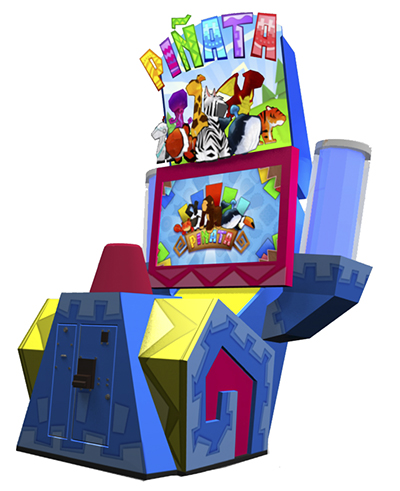Designing pay-to-play amusements for the youngest players.

THERE is recognition among today’s leading manufacturers and equipment suppliers that there is a real need to cater to the youngest of players. As locations increasingly look to boost dwell time by entertaining the whole family, many are seeking enjoyable and intuitive games and play experiences to offer their smallest guests. This brings with it a unique set of challenges for designers and developers who must create amusement experiences that entertain without being patronising and educate without overlooking the desire for fun.
When designing a children’s game, there must be an awareness of the need to capture the attention of the youngest audience yet these games must also justify their position on the arcade floor. Achieving this balance can be a significant challenge that incorporates a number of factors, as Steven Tan of UNIS explained: “There are certainly many different ingredients in the mix when it comes to producing a value for money game. Children love interacting during their play experience, using different mediums such as movement, water and air to give a sensory experience. The gameplay must last for more than just a few seconds so that they feel engaged and included - winning redemption tickets also gives children a sense of a return on their play.”
Creating a “longer, more rewarding game” also requires the delivery of a “compelling experience” that holds a child’s attention, Steve Bryant of LAI Games said.
“That’s a key aspect of it. It’s also important to offer progression that takes them from one level to another and makes them want to come back and play again. A game with compelling play that brings children back to play again and again helps deliver a strong return on investment.”
Read the full article in the September issue of InterGame.

